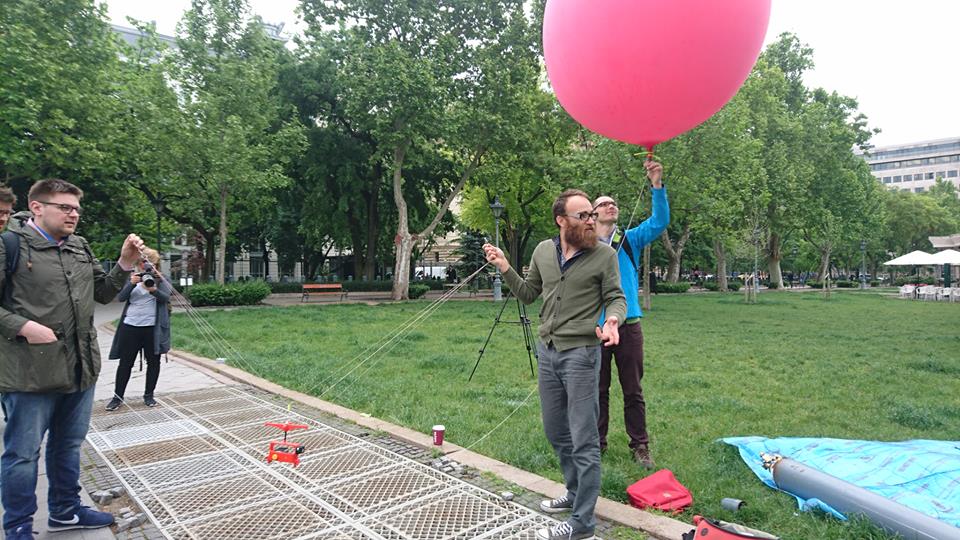The https://english.atlatszo.hu use cookies to track and profile customers such as action tags and pixel tracking on our website to assist our marketing. On our website we use technical, analytical, marketing and preference cookies. These are necessary for our site to work properly and to give us inforamation about how our site is used. See Cookies Policy
Open Skies, Open Societies: conference on drones with camera
Can we make society more transparent by using drones? What do we have to take into consideration when we use drones, and what are the legal regulations? Can we reveal corruption, while not infringing the right to privacy? A conference organized by Átlátszó at the beginning of May attempted to find answers to these questions.
Átlátszó and the CEU Center for Media, Data and Society organized a conference with the title “Open Skies, Open Societies: How Civil Society can use New Technology for Social Change?”, sponsored by the Visegrad Fund in Budapest.

At the two-day event, various experts shared their experiences on drone use, and participants could try in practice how to take photos and shoot films from a bird’s eye view.
Austin Choi-Fitzpatrick, who contributed to the film of Átlátszó on making drone videos, presented a study (Up In the Air: a Global Estimate of Non-violent Dron Use 2009 – 2015) on the use of drones during non-violent actions. The study highlighted that more and more civilians have started to use these tools, and by the end of the period under review the frequency of their use by civilians exceeded the use by the military.
In Hungary, using drones helped to estimate the number of participants at the demonstrations against the internet tax in 2014, which had been an impossible task for various press agencies.
Meanwhile, drones cannot only be used at demonstrations. Átlátszó’s journalist Ákos Baranya showcased the challenges of using drones to investigate the wealth (in particular the houses and estates) of Mr. Lőrinc Mészáros, an oligarch close to Viktor Orban, in Felcsút, the Prime Minister’s home town.
Tamás Bodoky, editor-in-chief of Átlátszó also emphasized that drones can be useful tools for accountability, as the acquisitions of certain politicians can easily be investigated. As an example, he mentioned that journalists can investigate contradictions in the public property declaration of politicians especially when the size of the house where they live does not correlate with the data in the declaration.
The Dutch Unmanned Aerial Solutions applied drones, using face and image recognition software, with the aim of wildlife protection mainly against poachers.
Participants of the international conference also discussed legislative issues: what kind of legislation is relevant to drone usage at present, and exchanged views on the two recent incidents, when drones were confiscated from Hungarian journalists while they were shooting a film about the estates of a local oligarch in Felcsút and in its neighbourhood.
Experts agreed that this kind of police intervention is unacceptable, however, journalists using drones also have to be careful not to infringe on the right to privacy, and they should distinguish between public affairs and the private sphere, while they also have to respect the safety of others.
To conclude, participants agreed that the drone technology use is still young, therefore there are no clear cut, unambiguous, well-established regulations governing their use, however, as they are used by more and more people, it is increasingly urgent to set the legal framework within which drones can be operated. For this, it is necessary that users, civil society organizations, and journalists develop regulation jointly with the governments, taking into consideration the right to privacy, the freedom of the press, and the importance of information dissemination on public issues.
Documents discussed at the conference and the presentations are available here, the agenda can be accessed here.
Ildikó D. Kovács

